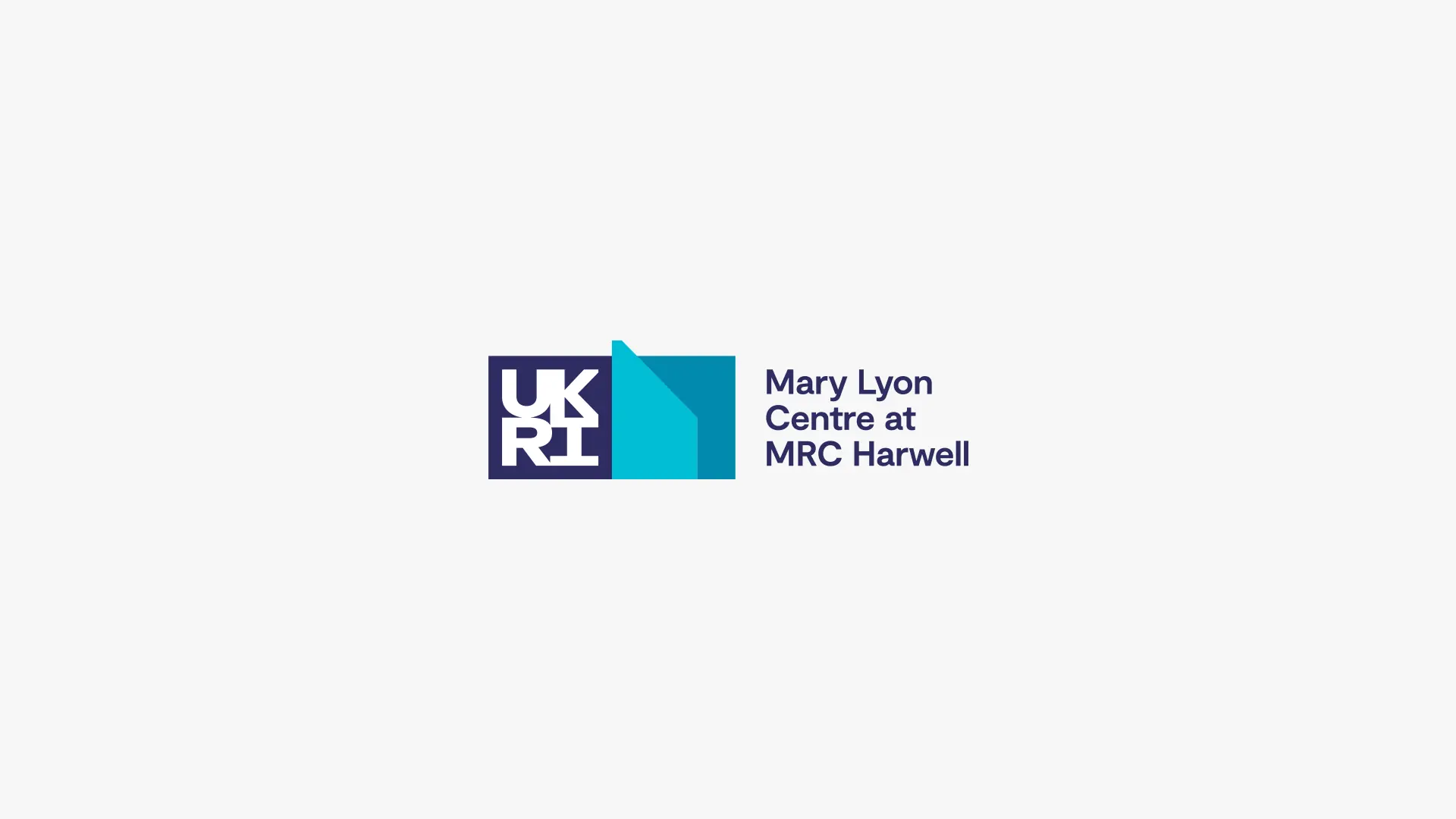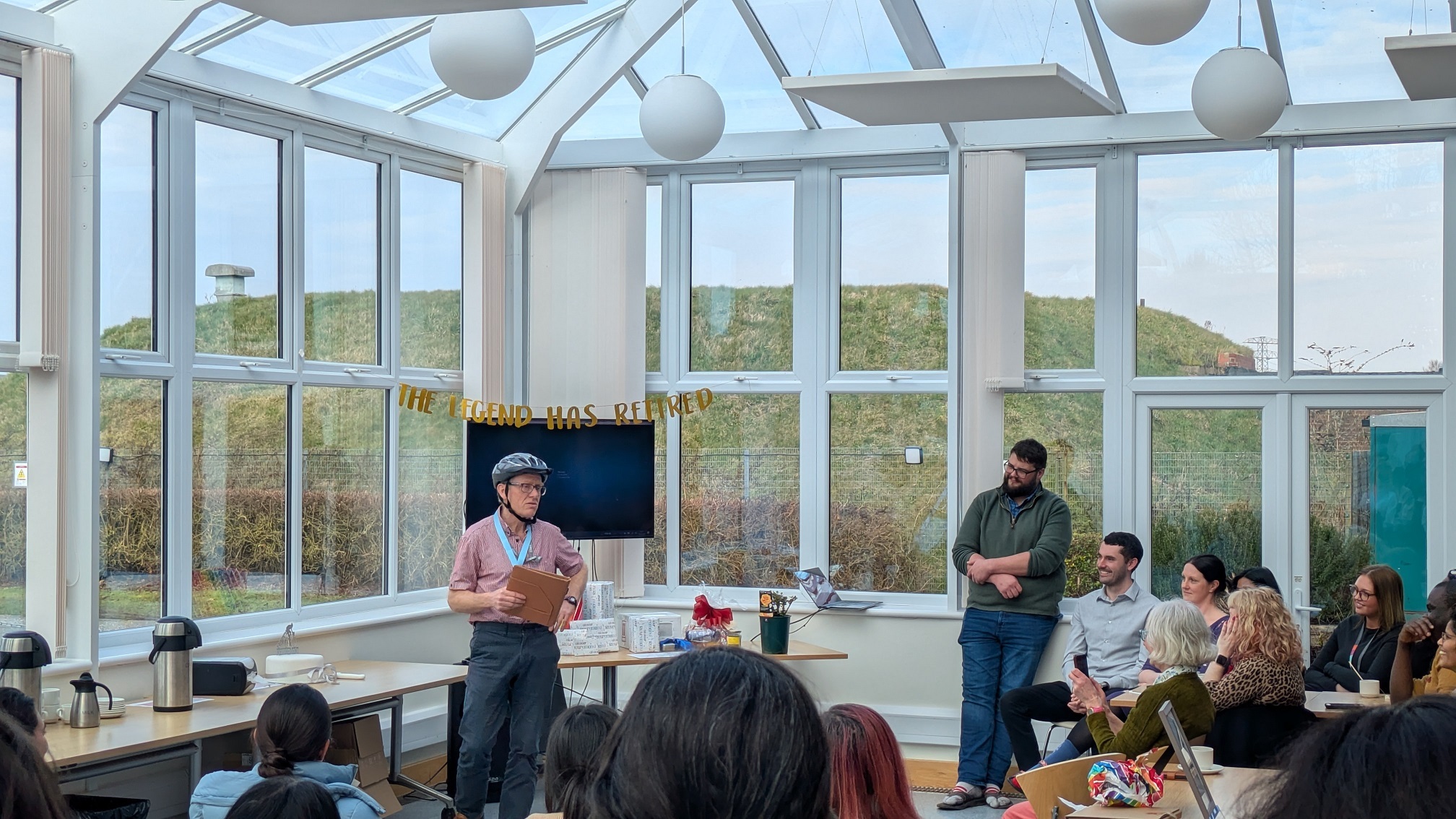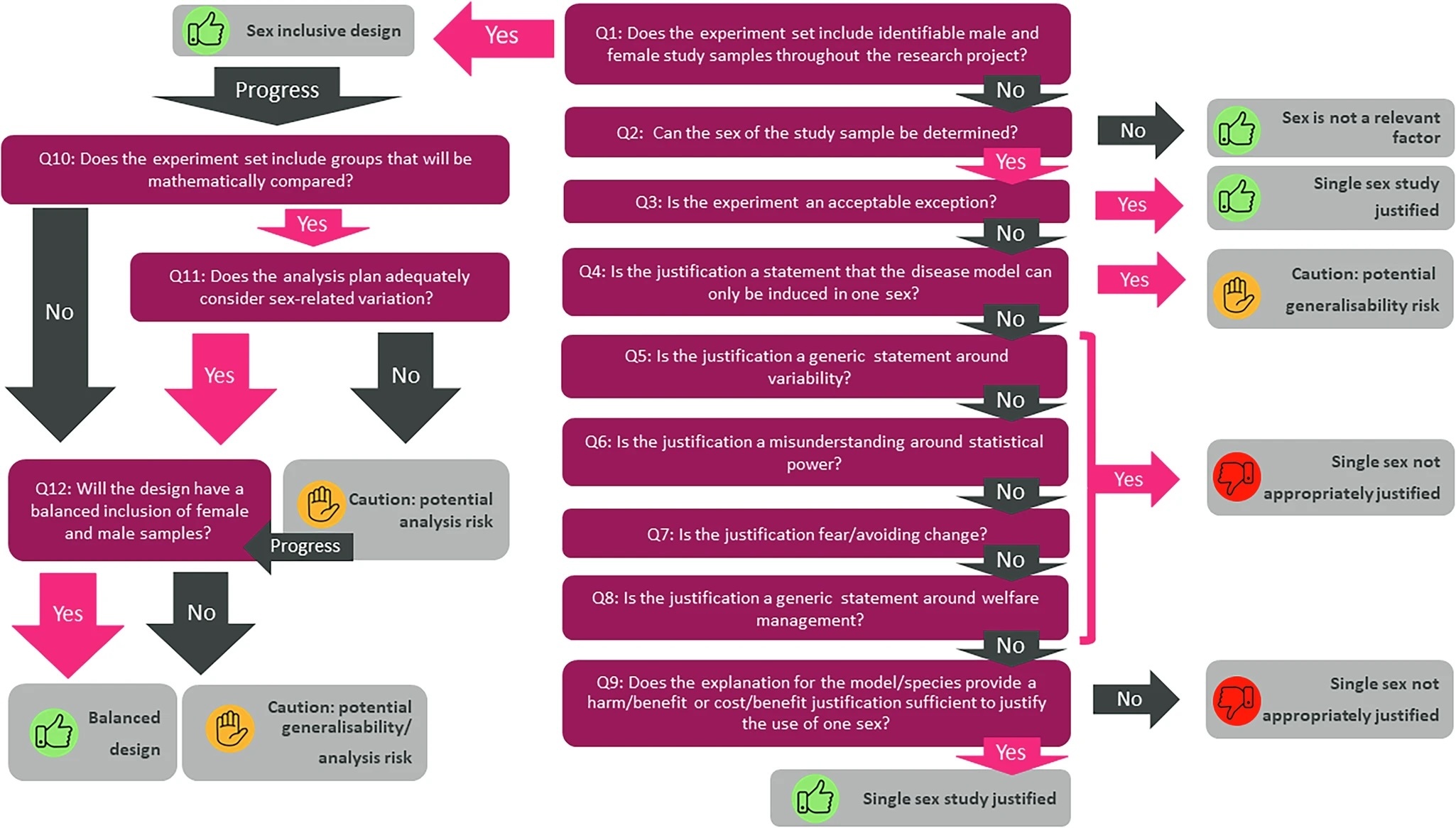Scout group visits MRC Harwell We welcomed the 4th King Alfred scout group from Wantage on Monday 3 February for an evening of hands-on activities and challenging questions. In our specially set up teaching lab, the scouts each got to have a go at doing their own experiment. They experienced what it is like to dress up as a scientist, and were kitted out from head-to-toe in lab coats, gloves and safety glasses. Each scout was given a strawberry in a plastic bag, washing up liquid and ethanol, and taught how to use these basic household items to extract DNA. They mashed up the strawberry, mixed it with the washing up liquid, added the ethanol, and fished out a strange white goo. This peculiar substance, they were told, was strawberry DNA, and each got to put theirs in a tube and take it home to show their parents. As they hung up their lab coats and walked out the lab, they chatted excitedly about how they would try it again at home with kiwi fruit or bananas. One boy even thought about using his Dad’s favourite rum. Next stop was the conference room, where laptops were laid out on the table waiting for them. Here they learnt about the enormous quantities of data generated from experiments at MRC Harwell and the computational tools we use to make sense of it all. Each scout got to play around with a 3D model of a protein on their screen, twisting it around and stripping away the outer layers to delve into its inner intricacies. There were questions about the type of mice used, how experiments here are actually done and the collaborative effort needed for such a massive undertaking. In our engagement room, one child was handed a plastic bunch of blackberries. Was it heavy? No, they answered. What animal’s brain would weigh the same amount? The same question was put to the group for a bunch of bananas, a pineapple and an enormous melon, and a pattern emerged – the bigger the brain in proportion to the rest of animal, the more intelligent it was. The group then turned to another part of the room, where they found a row of shopping baskets filled with all kinds of toy food, from chocolate muffins to packets of cereal, and each scout picked out what they thought was a healthy breakfast. After they had chosen their food, everyone gathered together to show what they had on their plates and explain why they thought it was healthy. The scouts also learnt about the importance of exercise, using a stethoscope to listen to their heartbeat. When standing still they struggled to hear it, but after jogging on the spot for 30 seconds, some said they could even hear it without the stethoscope! For their final task, the scouts made a cell. They were given a choice of colours of Air Dough, which is similar to Plasticine but dries hard like clay. Our plastic 3D model of a cell was brought out as an example and each of the inner parts identified, including the nucleus, which they learnt holds the DNA. They moulded everything from mitochondria to the endoplasmic reticulum in brightly coloured brilliance, and at the end of the day they took their creations home.



